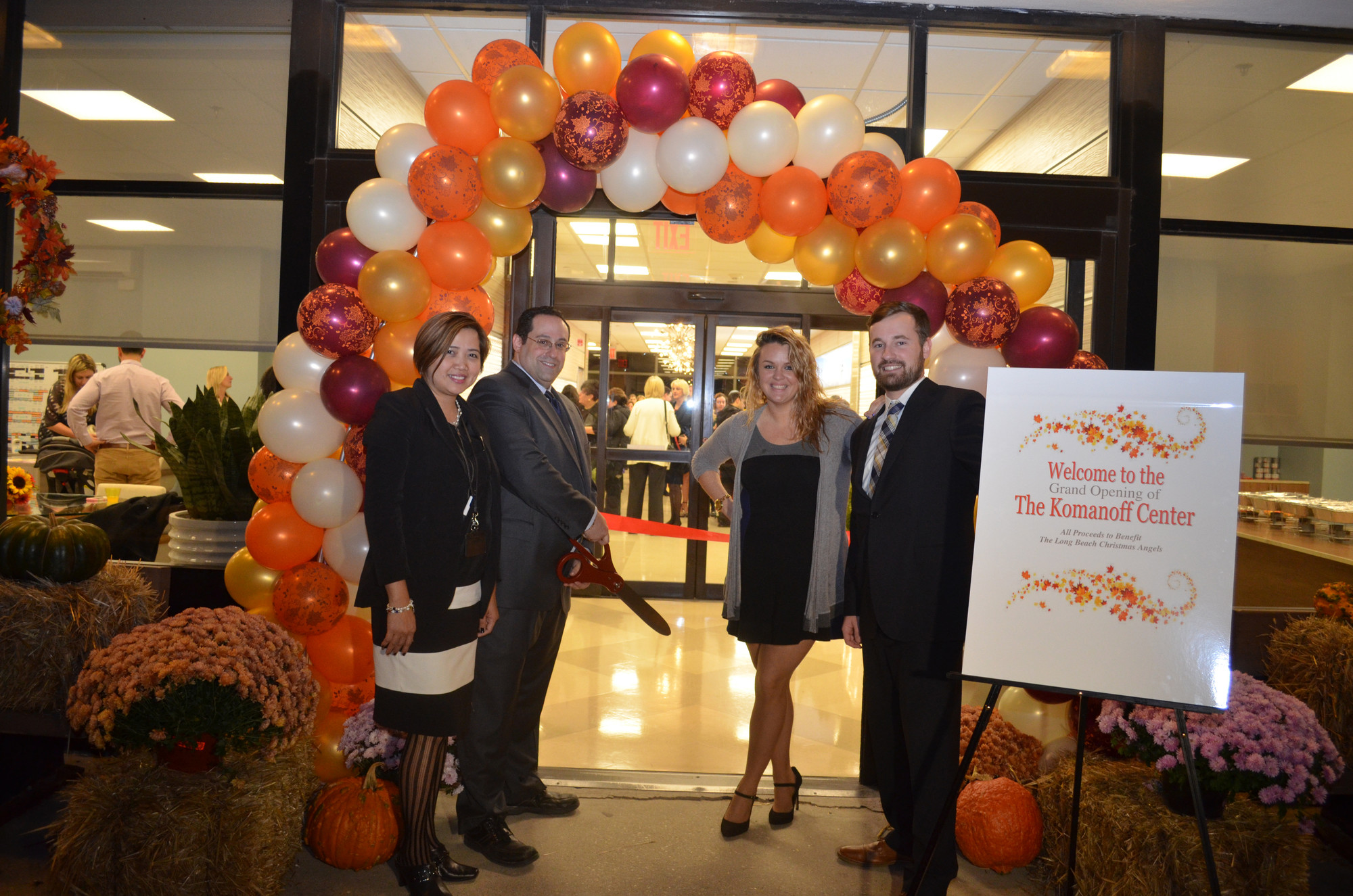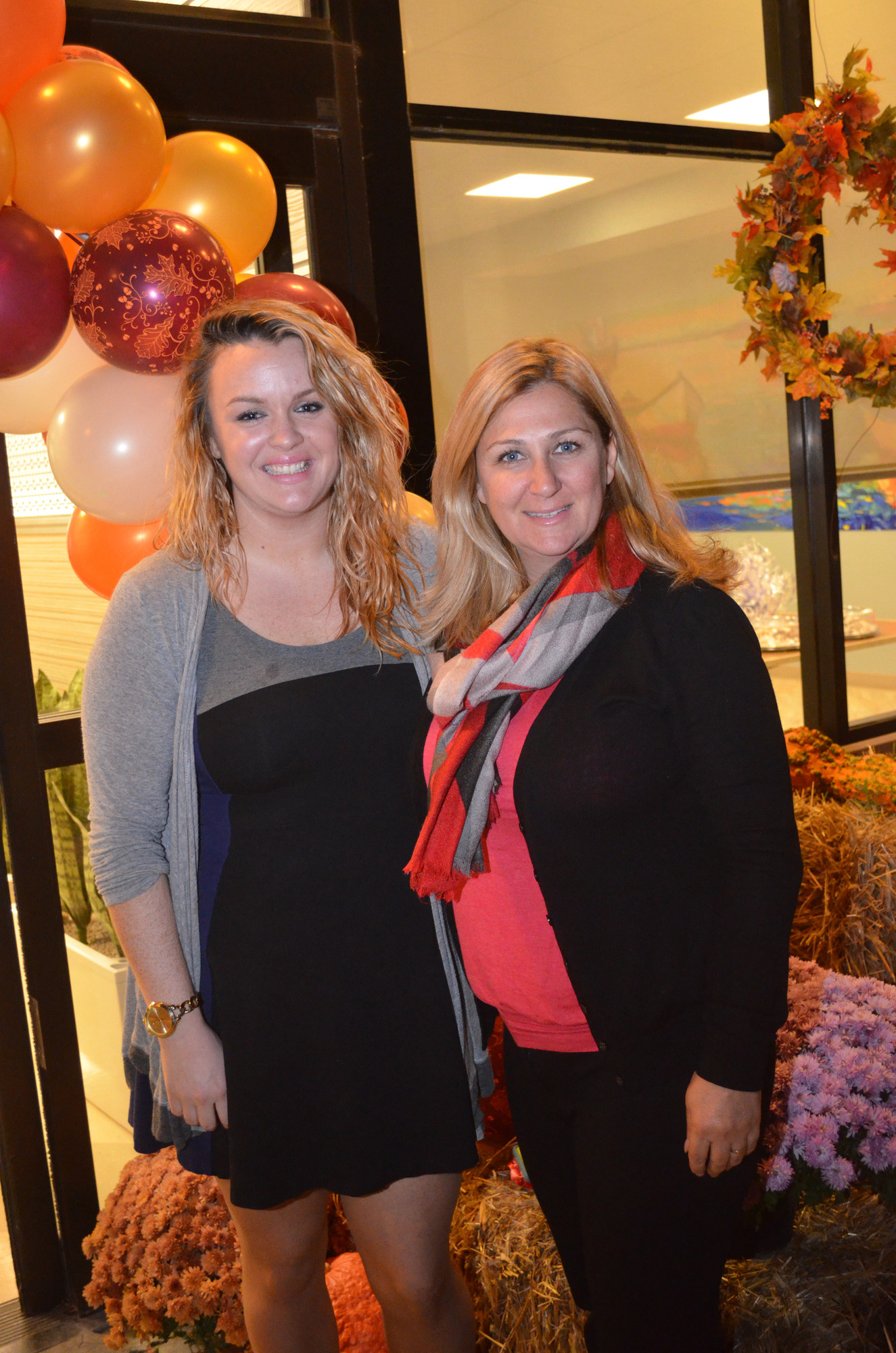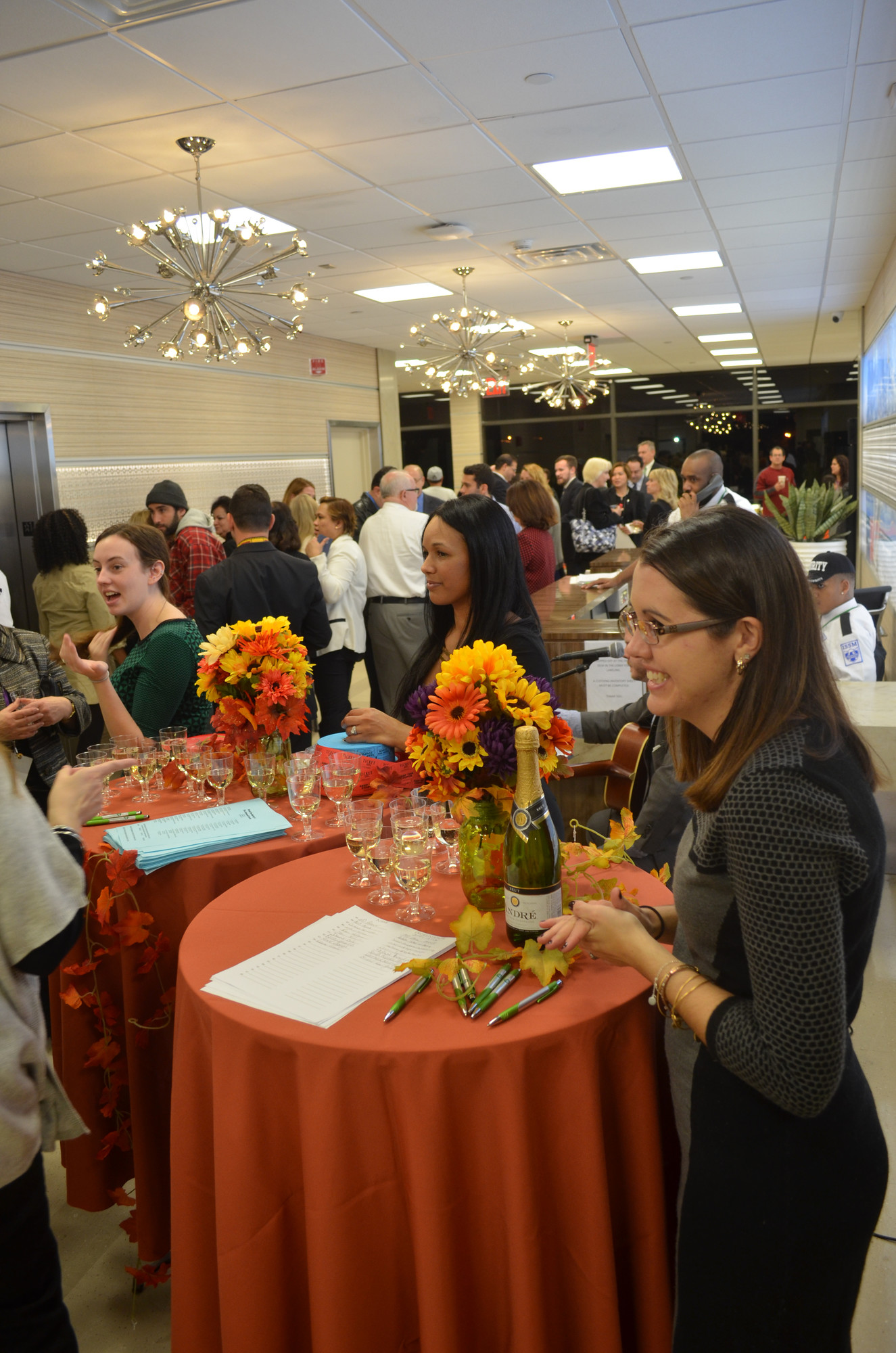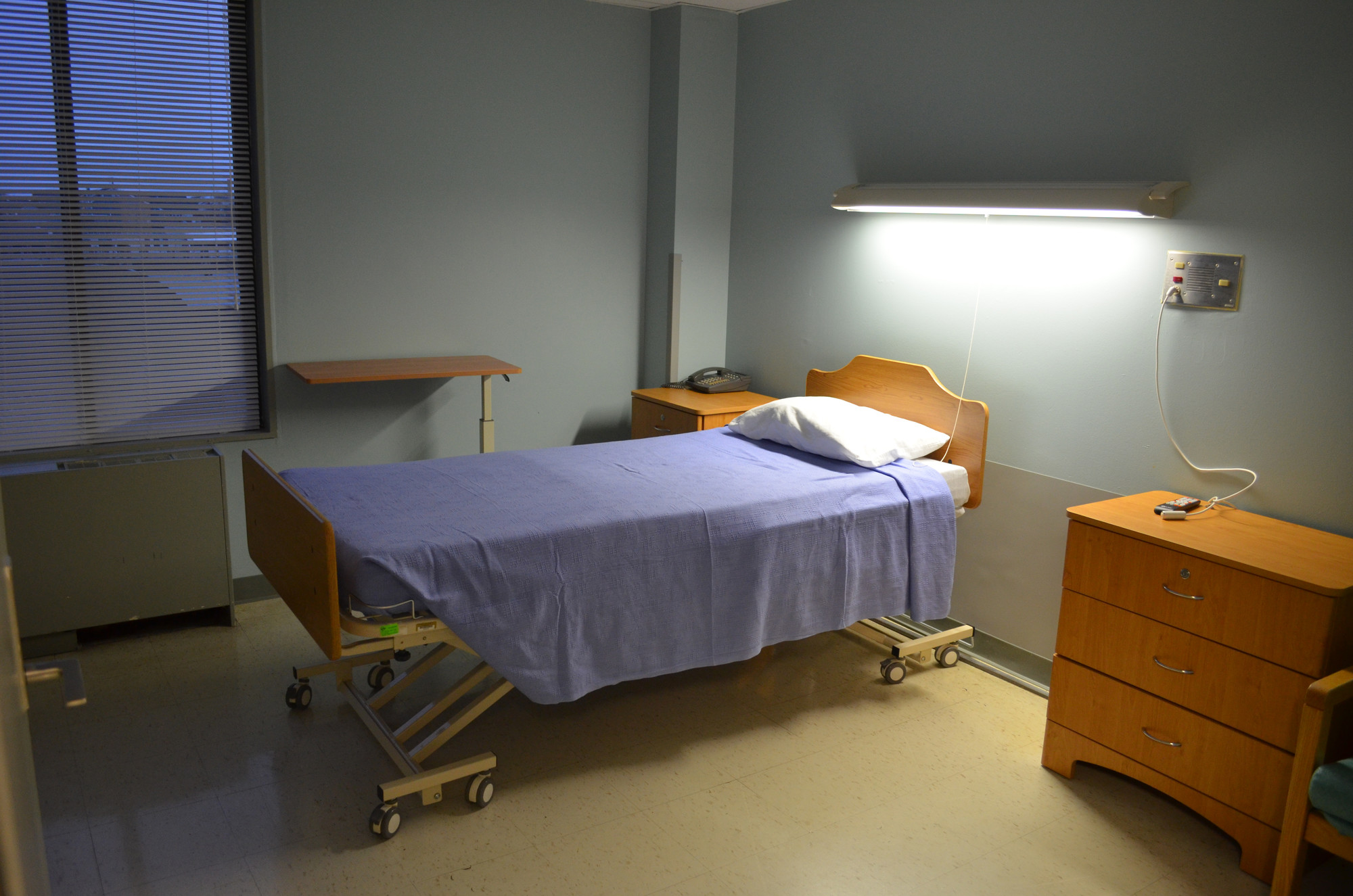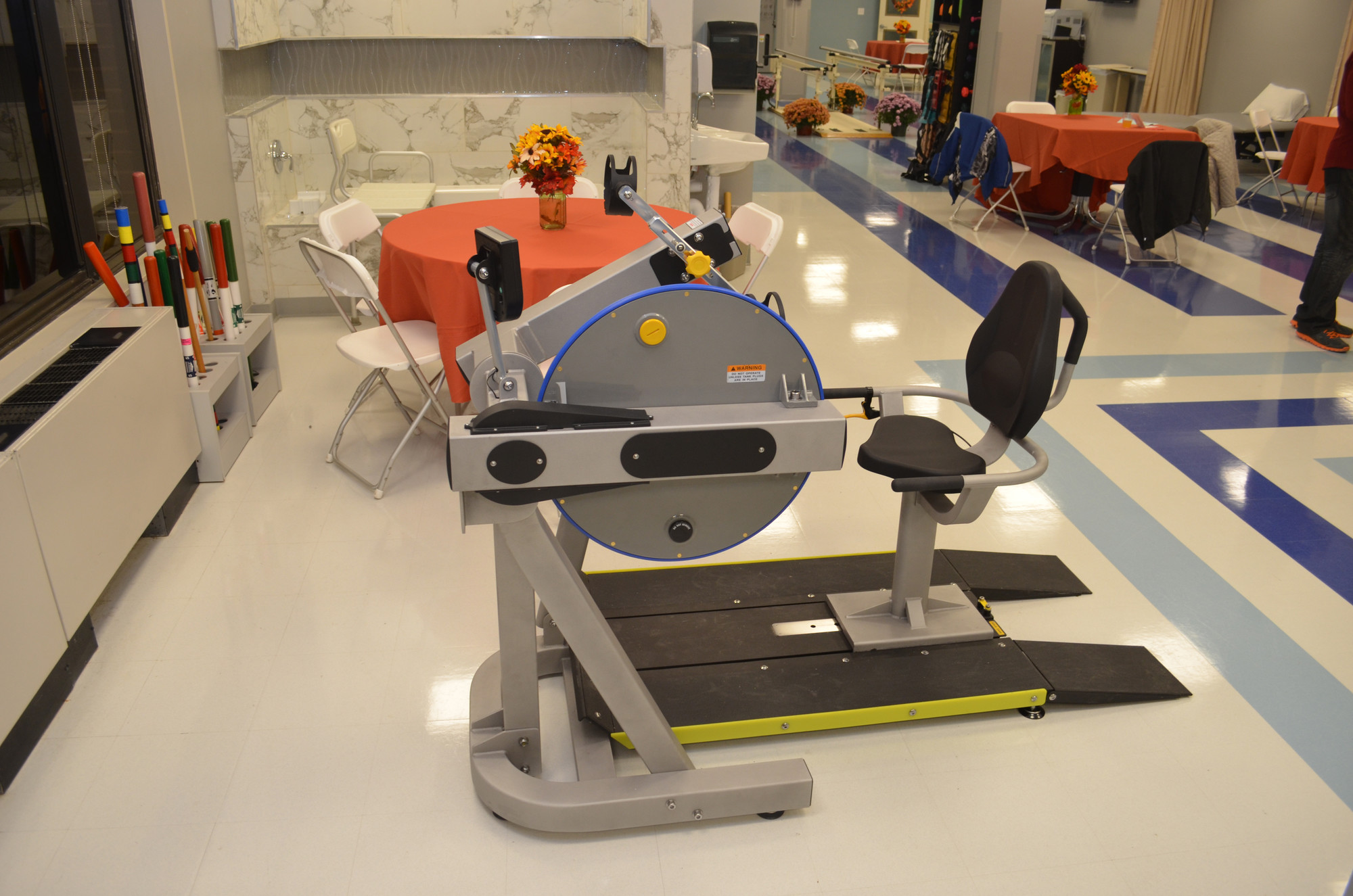Komanoff Center holds grand reopening
Rehabilitation facility returns after major renovations
The Komanoff Center nursing home has reopened its rehabilitation facilities for the first time since Hurricane Sandy flooded the first and second floors of the building more than three years ago.
A grand opening ceremony was held on Nov. 18 to mark the occasion, complete with dinner and a Chinese auction that raised more than $1,000 for the Long Beach Christmas Angel charity.
The Komanoff Center for Geriatric and Rehabilitative Medicine — at 375 E. Bay Drive — reopened in early 2013 after extensive renovations that allowed more than 100 residents to return. It was sold a year later to nursing home operators Michael Melnicke and Leo Friedman for $17.2 million following a bankruptcy proceeding that included the sale of the Long Beach Medical Center — the nursing home’s former owner — to South Nassau Communities Hospital. Melnicke outbid South Nassau to purchase the facility in late 2014.
The recent grand reopening served as a showcase for the newly renovated first two floors of the center, which contain a state-of-the-art gym for physical therapy. Director of Admissions Katie Powers said that Komanoff is now a 150-bed facility, with 50 of those on the second floor for short-term patients and 100 beds located upstairs for those requiring extended care.
“We want the community to know we were there for them through the struggle and we want to be a resource to them again going forward,” Powers said. “After everything they’ve been through they’ve become stronger. We want to give back to the community.”
The nursing home did not sustain as much damage as the hospital, which remained closed after the storm, though flooding on the first floor caused $1.3 million in damage and the first two floors had to be completely gutted to create the new, more uplifting and caring environment it has now.
The new rehab facilities are beneficial to short-and-long-term patients, Powers added, and can be used in physical therapy, to strengthen upper and lower body muscles, as well as improve hand-eye coordination. Live-in patients from the upper floors can maintain their level of functioning while temporary patients can get healthy enough to return home.

